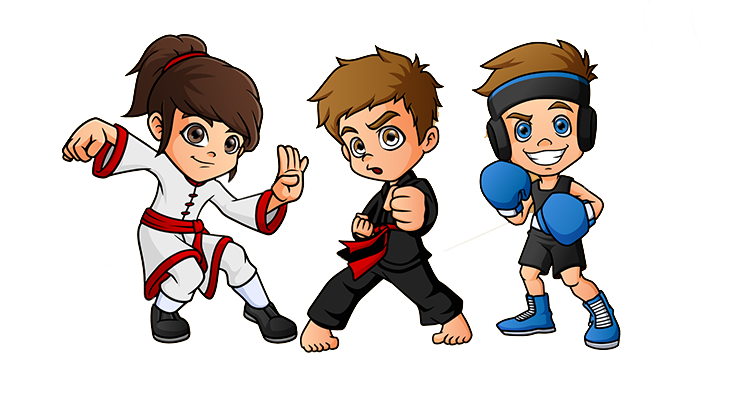Martial arts have kept the world captivated for centuries. Consisting of fighting-based sports and skills, martial arts has helped us to learn self-defence, and even a little bit of spirituality, in a fun and engaging way.
Originating from Eastern Asia but adopted worldwide, martial arts has brought us the highly popular sports of kung fu, karate, judo and kendo.
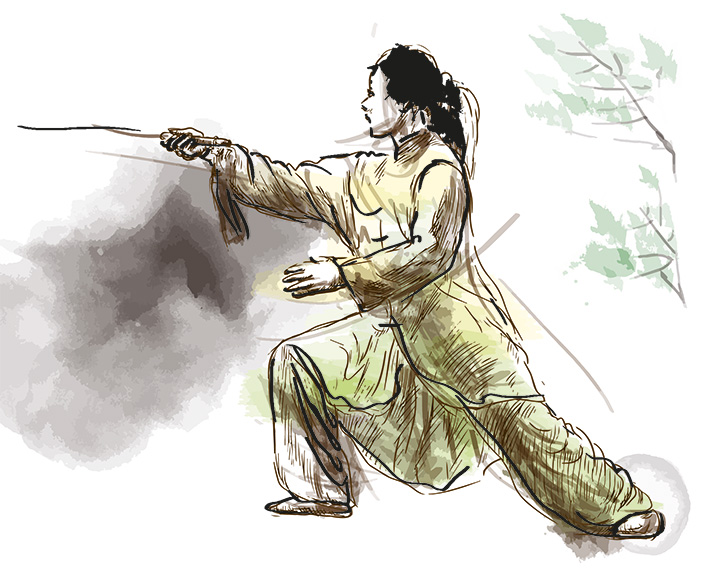
Martial arts as we know them today can be divided into both the armed and unarmed arts. Armed arts include archery, spearmanship and swordsmanship, while the unarmed arts are heavily based on striking opponents with feet or hands, or grappling.
One major unifying aspect of the martial arts that originated in Eastern Asia comes from its spiritual influence. There are key influences within Daoism and Zen Buddhism which has resulted in a strong emphasis on the mental and spiritual state of the practitioner. This is one of the most significant aspects that sets martial arts apart from other combat-based sports.
With the added spirituality of martial arts, practitioners are encouraged to suspend the rational and calculational functions of their mind so that their body can react immediately as a unit in a way that reflects the changing environment around them. According to Encyclopaedia Britannica, when martial arts students perfect the spiritual side of their chosen concentration, the everyday experience of the dualism of subject and object vanishes. Due to the high spiritual links between martial arts with Daoism and Zen, many followers choose to practice martial arts as part of their philosophical and spiritual training – and vice versa.

It’s clear that martial arts represent more than just a combat sport, with ingrained traditions that have been championed for well over 1,000 years in many cases, but what does the name ‘martial arts’ actually mean?
There may be readers who don’t consider martial arts to be a form of art at all, and they’re not alone. Meryl Streep once declared that without Hollywood, “you’ll have nothing to watch but football and mixed martial arts, which are not the arts.”
So, with this in mind, let’s take a deeper look at why martial arts are called ‘martial arts’ – and explore whether it can rightfully be considered an art form in itself.
Origins of the Martial Arts name
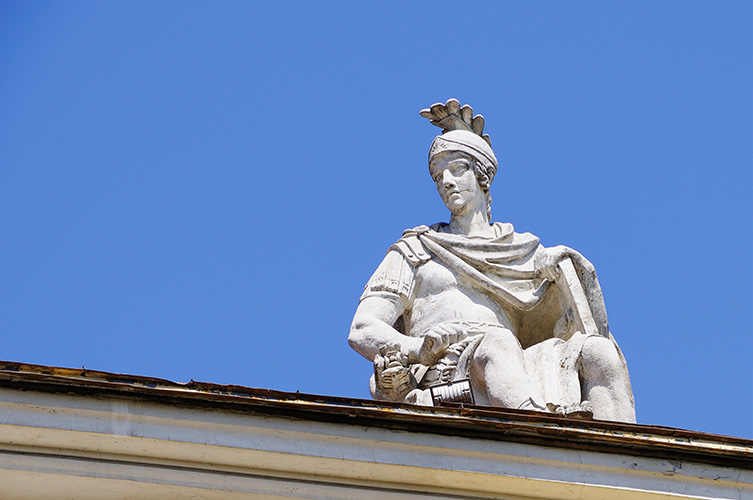
The name ‘martial arts’ doesn’t actually have roots in East Asia, but in Europe. The term literally means ‘arts of Mars.’ To elaborate, Mars is the name of the Roman god of war and was revered as one of the most powerful gods of Ancient Rome.
Mars was the patron god of soldiers and it was common practice to worship him before battle. As Roman soldiers were readying themselves to fight, they would typically pray to Mars, in a bid to ensure he was on their side. It was also common to pray for Mars’ protection.
Romans believed it was Mars who ultimately decided who would win any battle taking place, and thus all aspects of war in Rome was associated with Mars. Away from the military, Mars was also said to protect cities from invading armies and help soldiers overcome rebellions too.
Given his considerable influence over Rome, and the impact Romans had across Europe, it’s perhaps unsurprising that the term ‘martial arts’ derives from 15th Century Europeans looking for ways to refer to their own forms of combat sports.
Despite its name originating in the European Middle Ages rather than Asia during the millennium prior, martial arts has become synonymous with the spiritual contact sports of kung fu and karate – rather than the historical European combat sports they were initially associated with.
The reason the name has become so intertwined with the more spiritual combat from Asia is likely down to the aesthetic match between the term and the type of combat offered by its various concentrations.
The rhythm, spirituality and flow of popular martial arts today would’ve been seen as a fitting tribute to Mars, and the skill on show from experienced martial artists make ‘the arts of Mars’ seem like an accurate description.
But is it appropriate to consider combat sports an ‘art’? Our perceptions of art and martial arts can be wildly different. To think of artists is to think of Leonardo da Vinci and Vincent van Gogh. Could the likes of Bruce Lee and Jackie Chan be recognised as artists in their own right?
Can martial arts be considered art?
The polemic surrounding martial arts is a divisive one. Can fighting be considered an art? The definition of art is summarised as “the expression or application of human creative skill and imagination, typically in a visual form such as painting or sculpture, producing works to be appreciated primarily for their beauty or emotional power.”
Let’s break this definition down to see whether martial arts fits the bill. Each different martial art carries various guidelines and rules that can hamper creativity in some senses. However, good martial artists must demonstrate extremely fast reactions and adaptability to the approaches of their opponents. With this in mind, vast levels of creativity come into play as new attacks and counters force lightning-fast recalculations and fresh approaches.
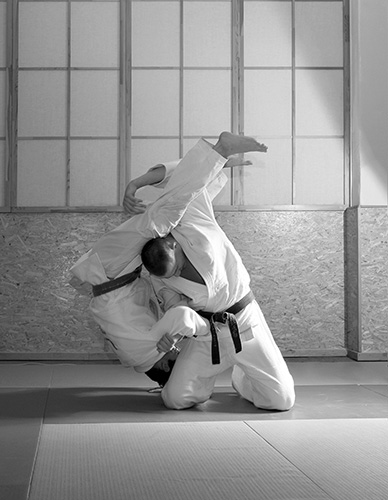
While there are generally plenty of limits on what is determined a ‘legal’ move in many martial arts, there’s still plenty of room for inventiveness and creativity that turns the whole display into a viewable aesthetic.
The combination of swift movements and fresh approaches to specific arts are a major contributor to the highly successful heritage of martial arts films. Bruce Lee’s final film, Enter The Dragon was featured in Empire Magazine’s ‘500 Greatest Movies of All Time’ and deemed ‘culturally significant’ by the Library of Congress. Very few sports have made such a successful transition onto the silver screen – indicating that there’s certainly some aesthetic merit for martial arts in action.
The definition goes on to highlight that art is typically expressed in a visual form, and it’s fair to say that while it’s hard to compare to painting and sculptures, martial arts shares many parallels with the art of dance.
When two skilled artists are in combat, the rhythms and patterns made by their respective approaches can be mesmerising. It doesn’t take long to find examples of excellent fights in the concentrations of taekwondo, kung fu and judo across the internet. One notable video, entitled ‘Kung Fu Monk vs Other Masters’ has amassed over 54 million views in the space of a year. This strongly indicates that there is a widespread visual appeal among users watching martial arts in action.
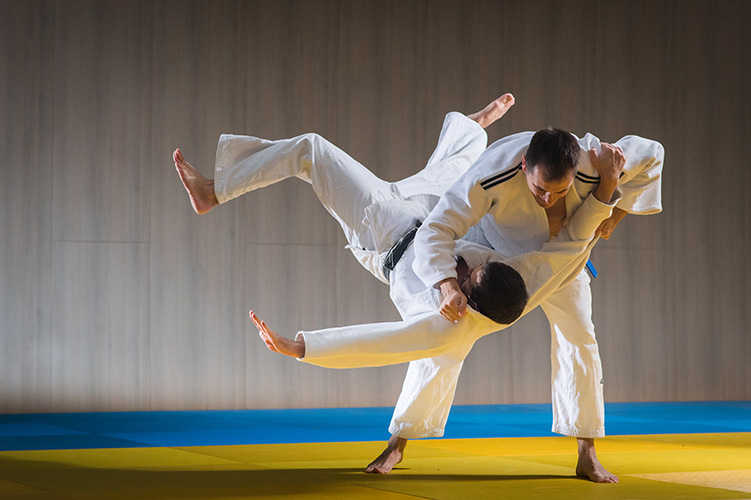
Finally, the definition ends in reference to the appreciation of art for its beauty and emotional power, which takes us back to martial arts’ spiritual roots. There are few other art forms across the world with such a strong connection the emotion and spiritual practice of Daoism and Zen. In fact, it’s fair to say that successful martial artists are typically more aware of their spirituality and the emotional power of the art that they create.
The steep traditions of Daoism and Zen set martial arts apart from many contact sports. The fact that these traditions have held strong within the sport for centuries all the way through to today is a clear indicator that there is a strong spiritual element that contributes to the aesthetic displays that practitioners engage in regularly. Art may be subjective, but by definition, the name ‘martial arts’ seems very fitting for a sport that’s given so much joy to combatants and viewers alike over time.

